Before specializing in telescopic seatposts and becoming one of the world’s leading experts, KS produced a lot of suspension components. The rise of gravel riding and the success of the discipline prompted the brand to take an interest in it, wondering how they could bring innovation with their expertise and address the demands of some riders that had not been met before. The answer is right in front of you: a suspended fork called the GTC.
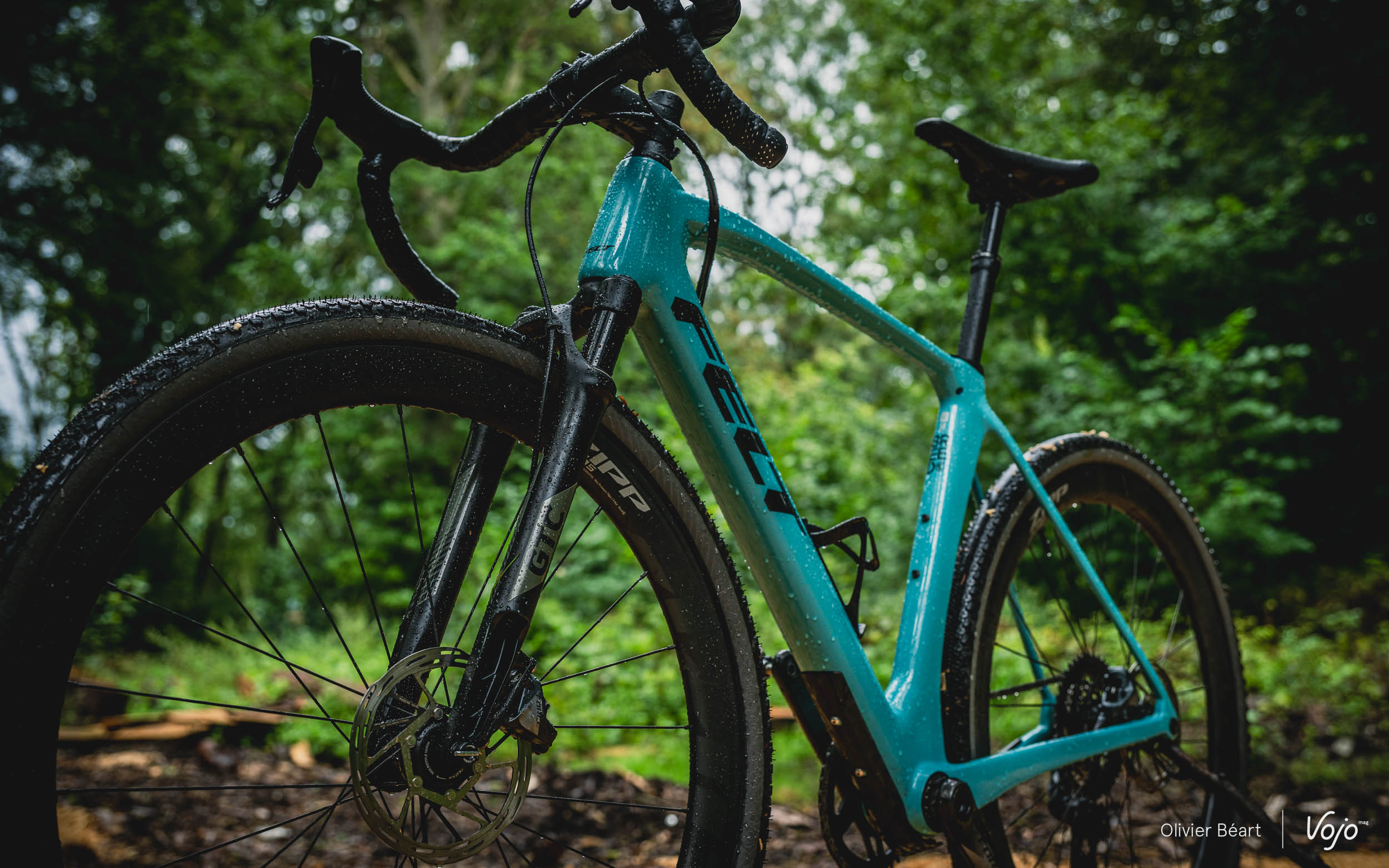
For its first gravel fork, KS aimed directly for a high-end product. This is evident when closely examining the fork, meticulously crafted from forged and machined 6061 aluminum for the lower part of the fork and carbon for the upper and the arch. The crown and the steerer tune, on the other hand, remain in aluminum. The stanchions have a diameter of 30mm (compared to 32 to 35mm for contemporary XC forks).

This KS GTC gravel fork offers 40mm of travel, just like its main competitor, the RockShox Rudy, which was previously one of the very few suspended forks designed specifically for gravel available on the market (Fox has also introduced a model, but we have yet to see it outside of trade shows).
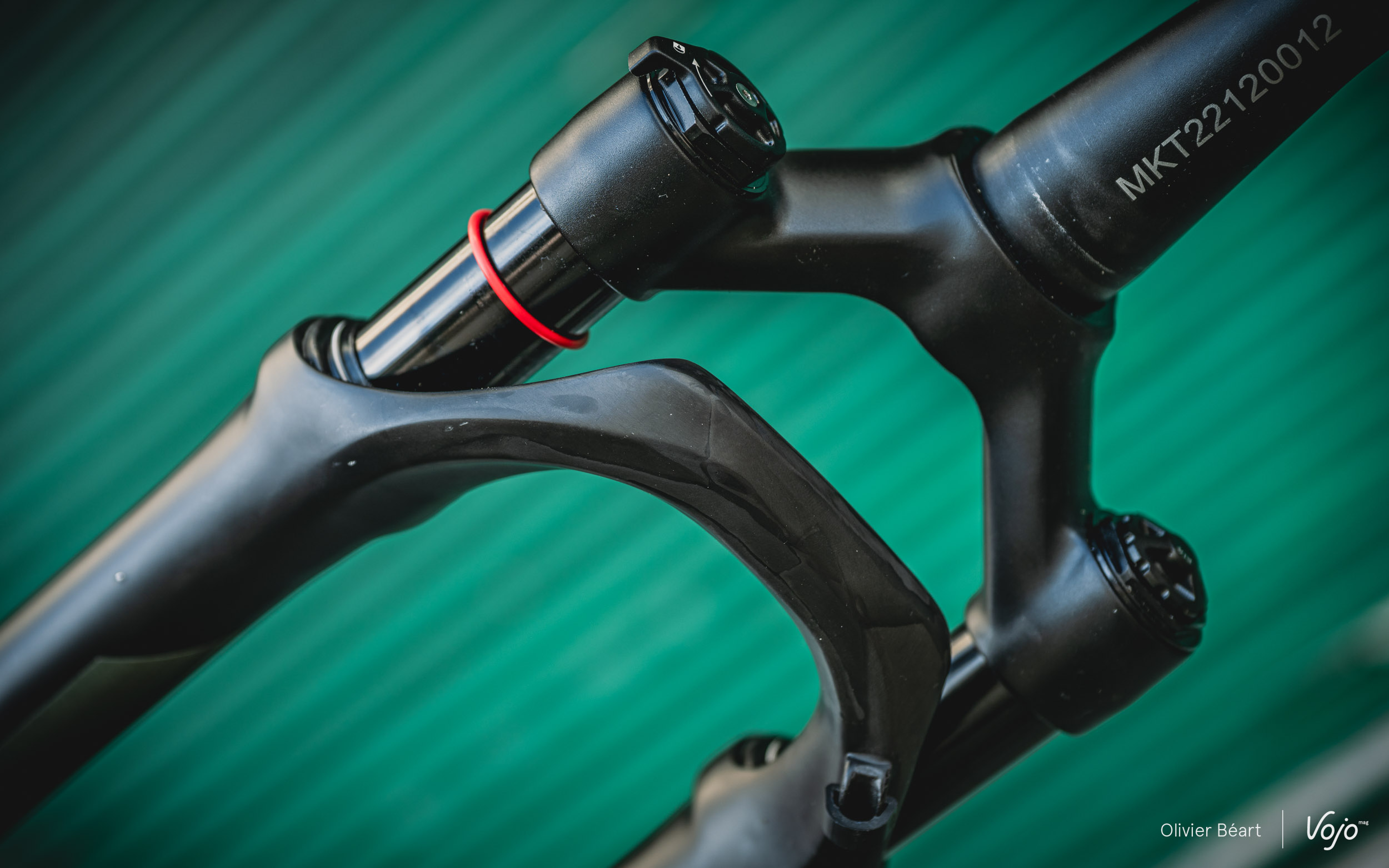
Inside, KS hasn’t tried to reinvent the wheel, instead favoring proven and effective technologies. The spring is air-based, with a negative chamber pressure that automatically adjusts based on the positive chamber. For the hydraulic part, there’s a closed cartridge with rebound adjustment (at the bottom of the fork) accompanied by compression adjustment up to lockout, accessible via a knob located at the crown.
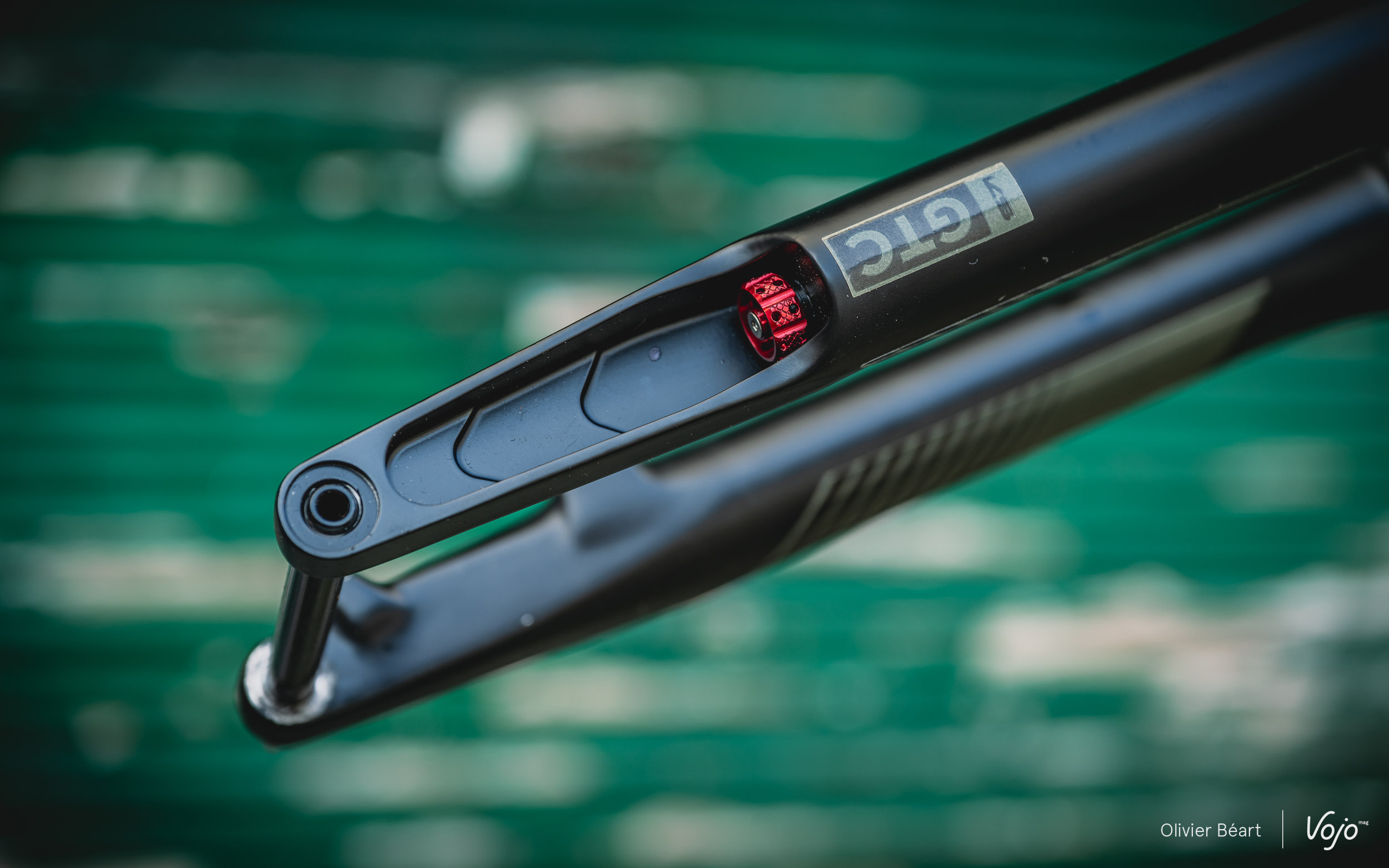
In terms of weight, KS claims 1385g, but we actually weighed the fork at 1425g on our trusty scale. In any case, you’re looking at around a 1 kg penalty compared to a lightweight carbon fork on a high-end gravel bike. It will be important to see if this extra weight is noticeable on the trail. Finally, to complete the technical specs, it’s worth noting that the KS GTC gravel fork can accommodate tires up to 50mm wide, uses the Postmount disc brake standard, and maintains the same height as a rigid carbon fork once it’s set at the correct SAG (static compression of a suspended fork under the rider’s weight). Additionally, there’s a nice hidden lever in the wheel axle for added convenience.
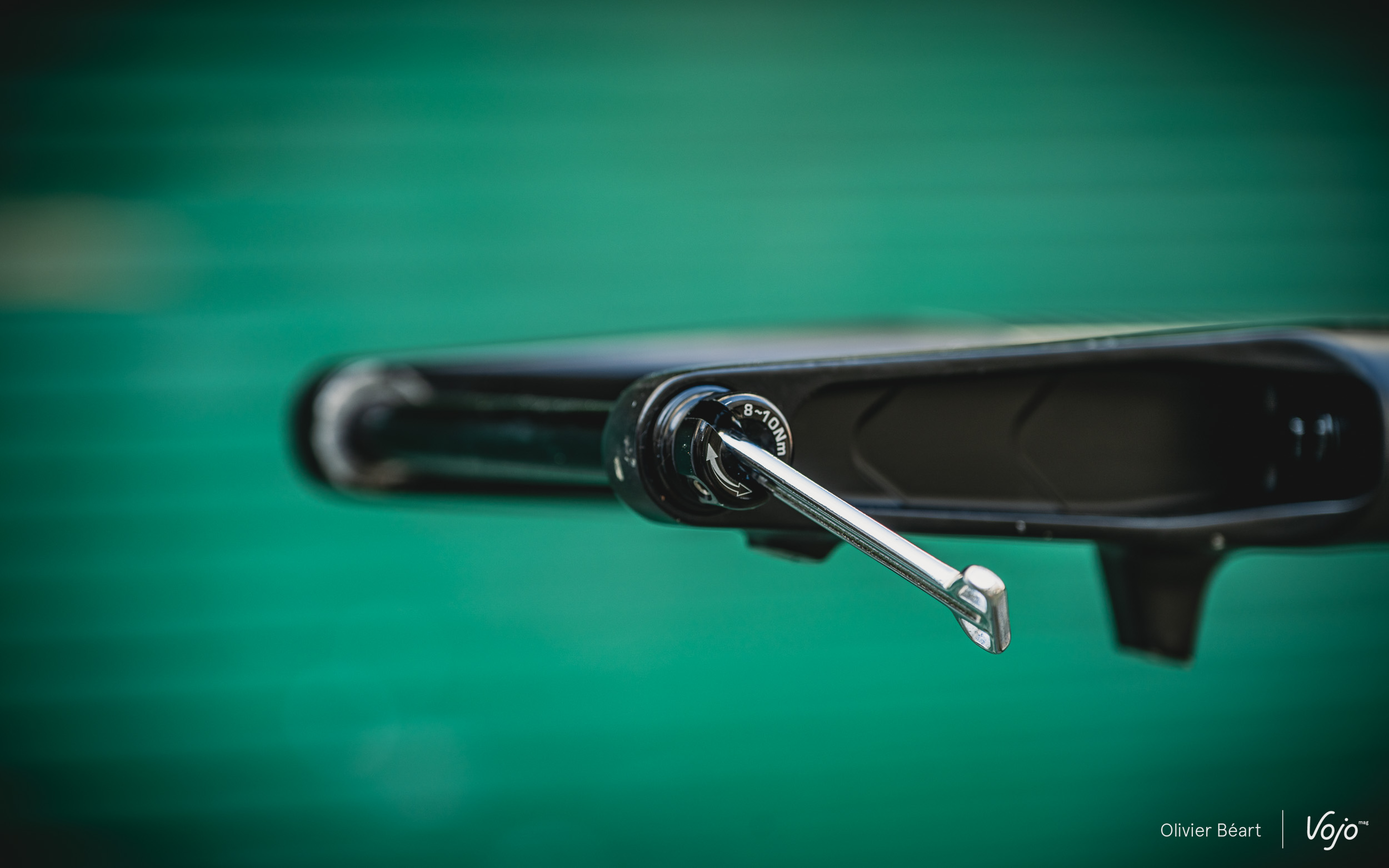
A suspended fork on a gravel bike? The idea may seem absurd… until you’ve tried it! However, let us be clear: unlike in mountain biking where there’s no longer much debate, we believe that rigid forks still have a bright future in gravel and will continue to represent the majority of the market and meet the needs of most riders. Nevertheless, that doesn’t mean that for some riders and certain types of terrain, a suspended fork can’t be a significant improvement.
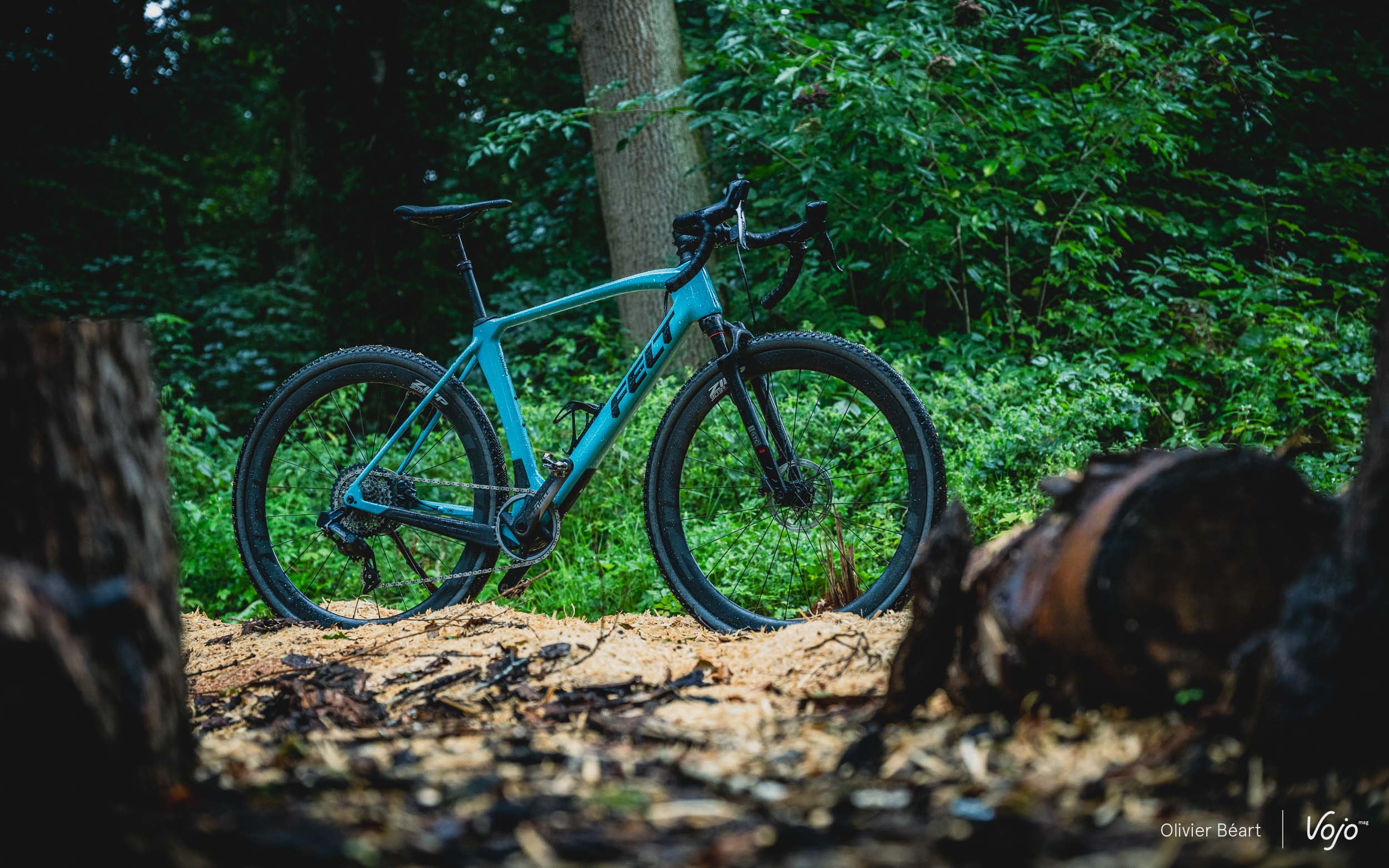
The first thing we paid attention to during our test was the perception of the additional weight of the KS GTC compared to the original carbon fork on the Felt bike used for this review. Unlike the Lauf bike used in the RockShox Rudy test, we had ridden the Felt in its original configuration before installing the KS suspension. Well, to our surprise, the difference is minimal. You can sense a little something, but despite an extra kilogram, the handling remains nimble, and the riding pleasure is not compromised.
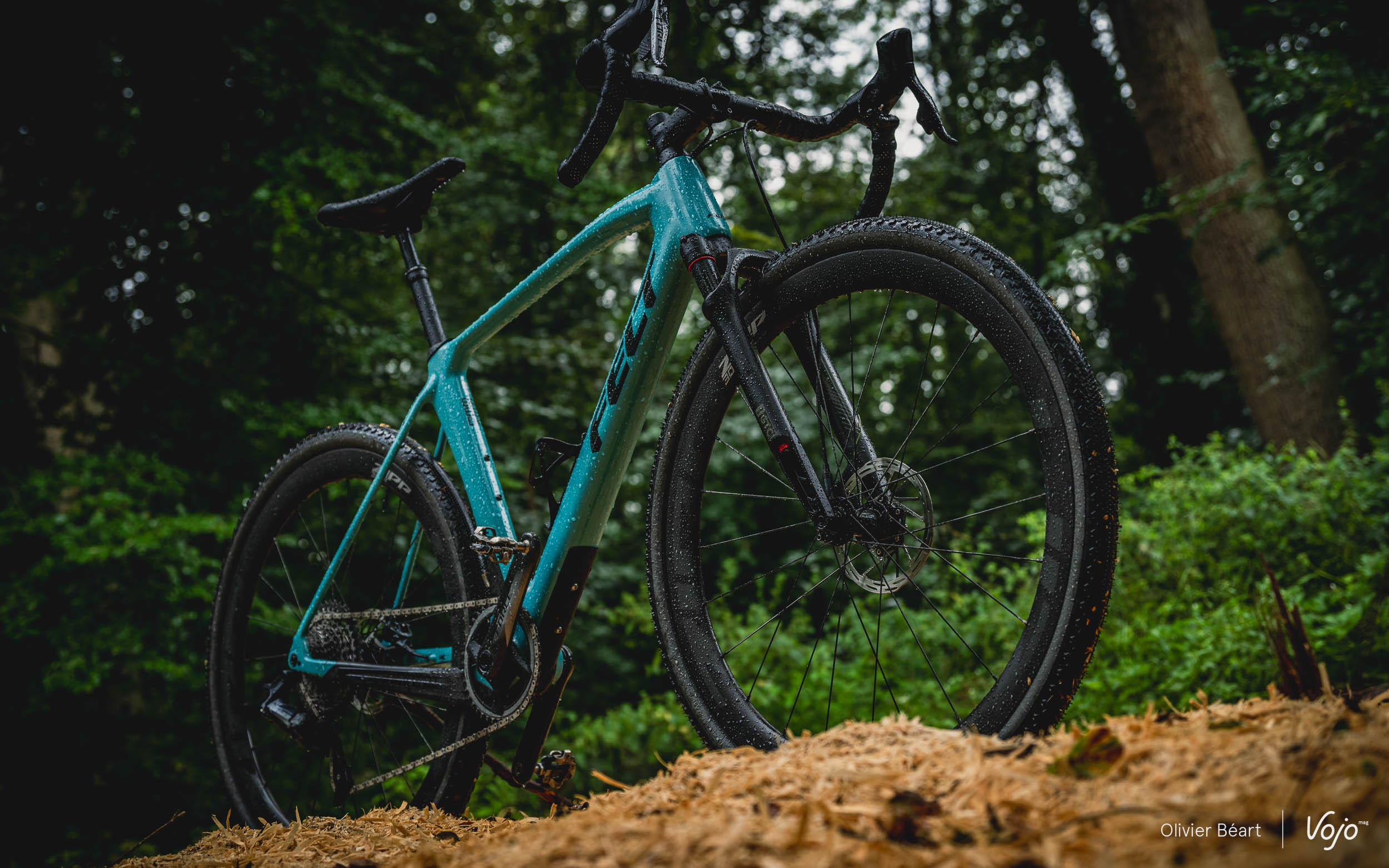
At this point, it’s worth praising the excellent rigidity of the KS GTC’s frame, which offers outstanding precision and is clearly superior to the RockShox Rudy. In fact, the KS GTC seemed to provide more benefits during descents than the Rudy. Is it the frame? The 40mm of travel compared to RockShox’s 30mm? Or the quality of the damping? Probably a bit of all three, but this KS truly impressed us with its effectiveness. During descents, you can clearly go faster and, more importantly, with greater confidence.
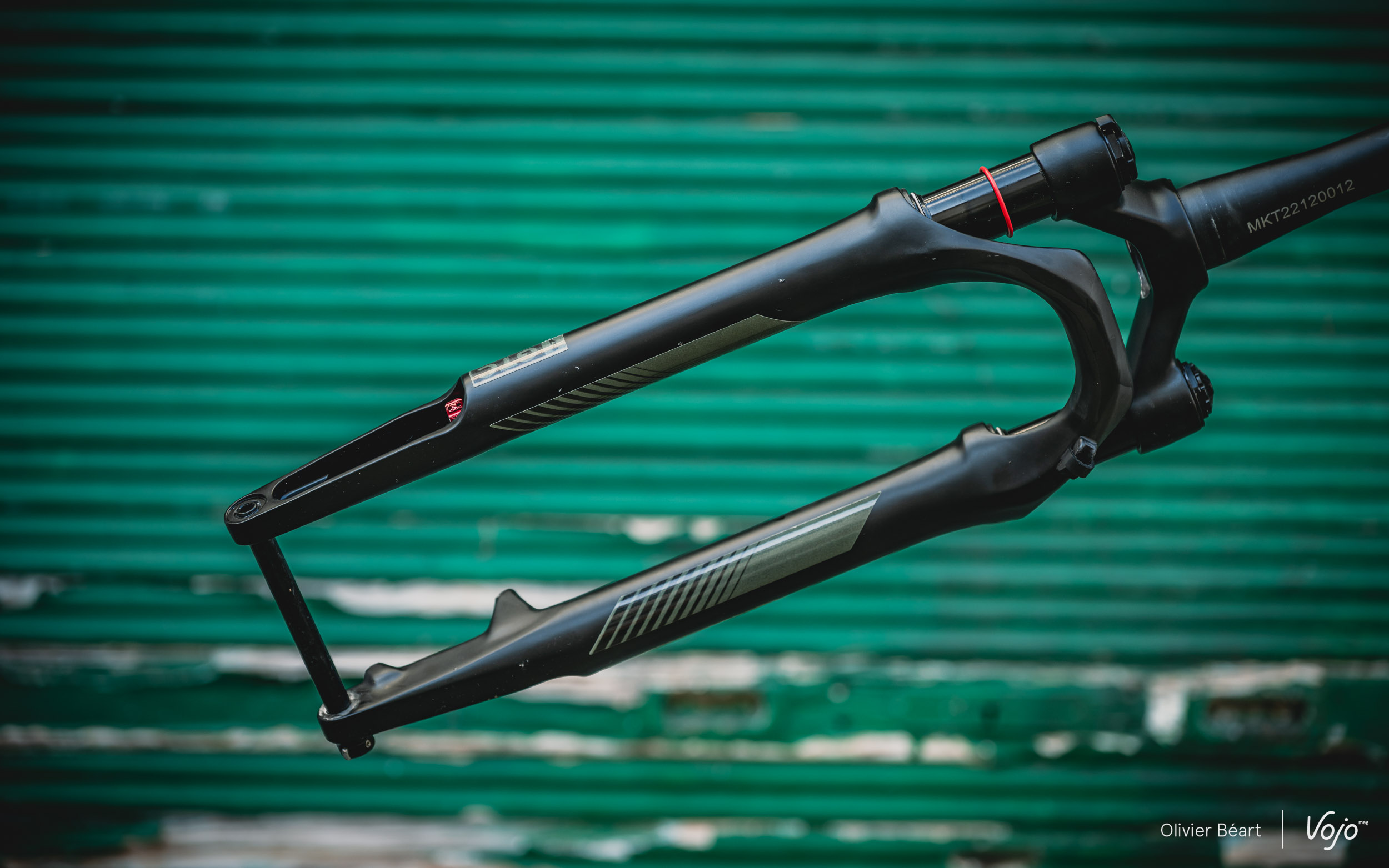
We took this set up to the gravel test at the Grand Raid Godefroy, and no one could keep up with us on the descents, even though we didn’t feel like we were taking unnecessary risks. At the beginning of the travel, it effectively filters out small vibrations, manages the mid-travel perfectly, and ensures that you never feel like you’re hitting the bottom abruptly, creating the sensation of having more travel than you actually do. Surprisingly, as with the Rudy, we also noticed a real benefit from the suspension when climbing, making it easier to choose the right lines.
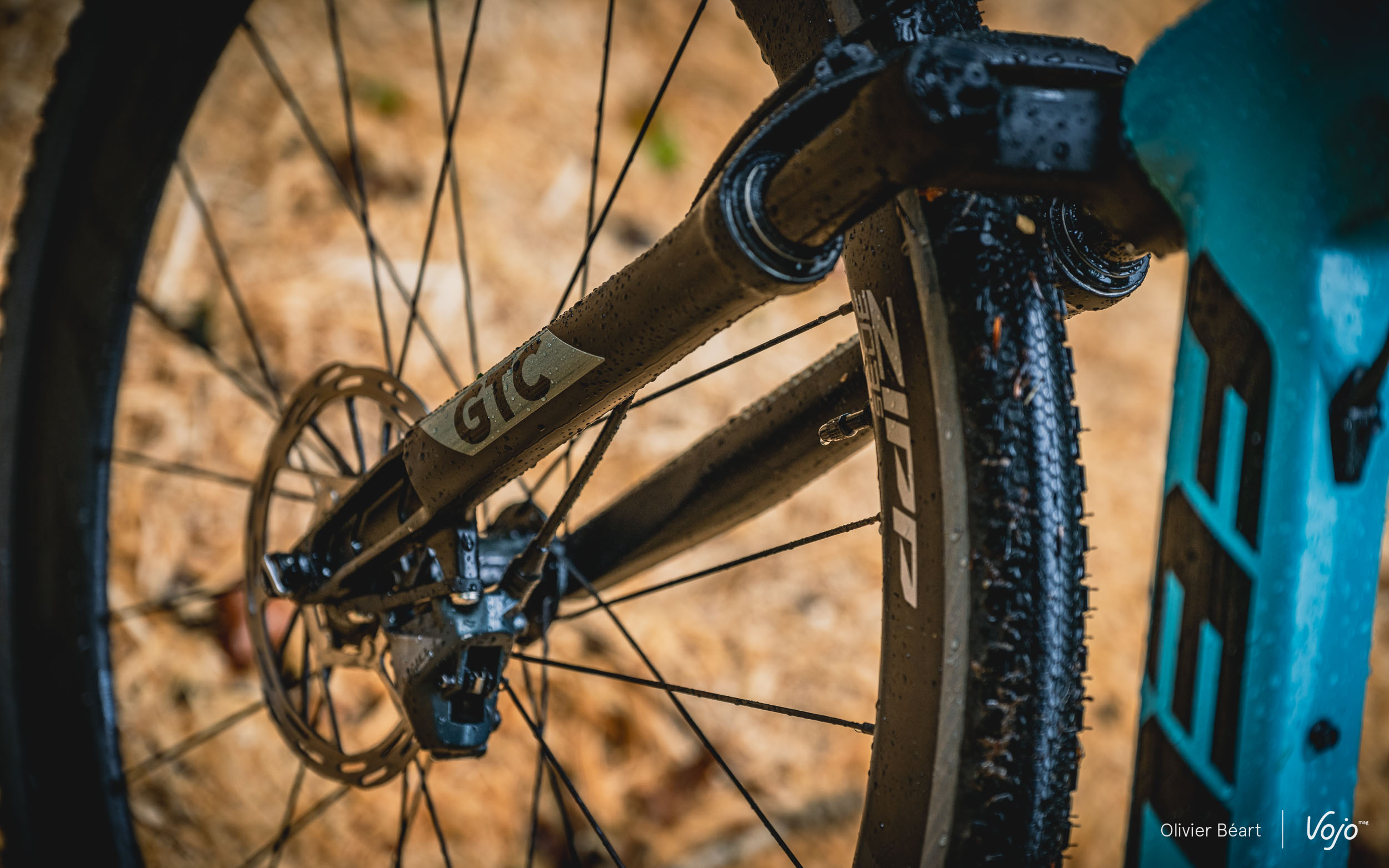
As you can see, in our opinion, this KS GTC gravel fork is a real success and clearly the better of the two gravel forks we’ve had the opportunity to test so far. If you’re struggling with the front end of your gravel bike or feel the need to improve your bike’s comfort and aren’t afraid of a few jests (early adopters are always teased), this is an upgrade that truly deserves your attention. And KS has successfully produced a high-quality suspension right from the start. Of course, you can also consider wider tires, but the impact of this choice on efficiency and riding style is not negligible. Here, the suspension also helps preserve high-profile wheels and medium-width tires (42mm) as on our test bike. Additionally, the tires seem to experience less stress and fewer punctures thanks to the fork’s ability to dissipate energy from heavy impacts.
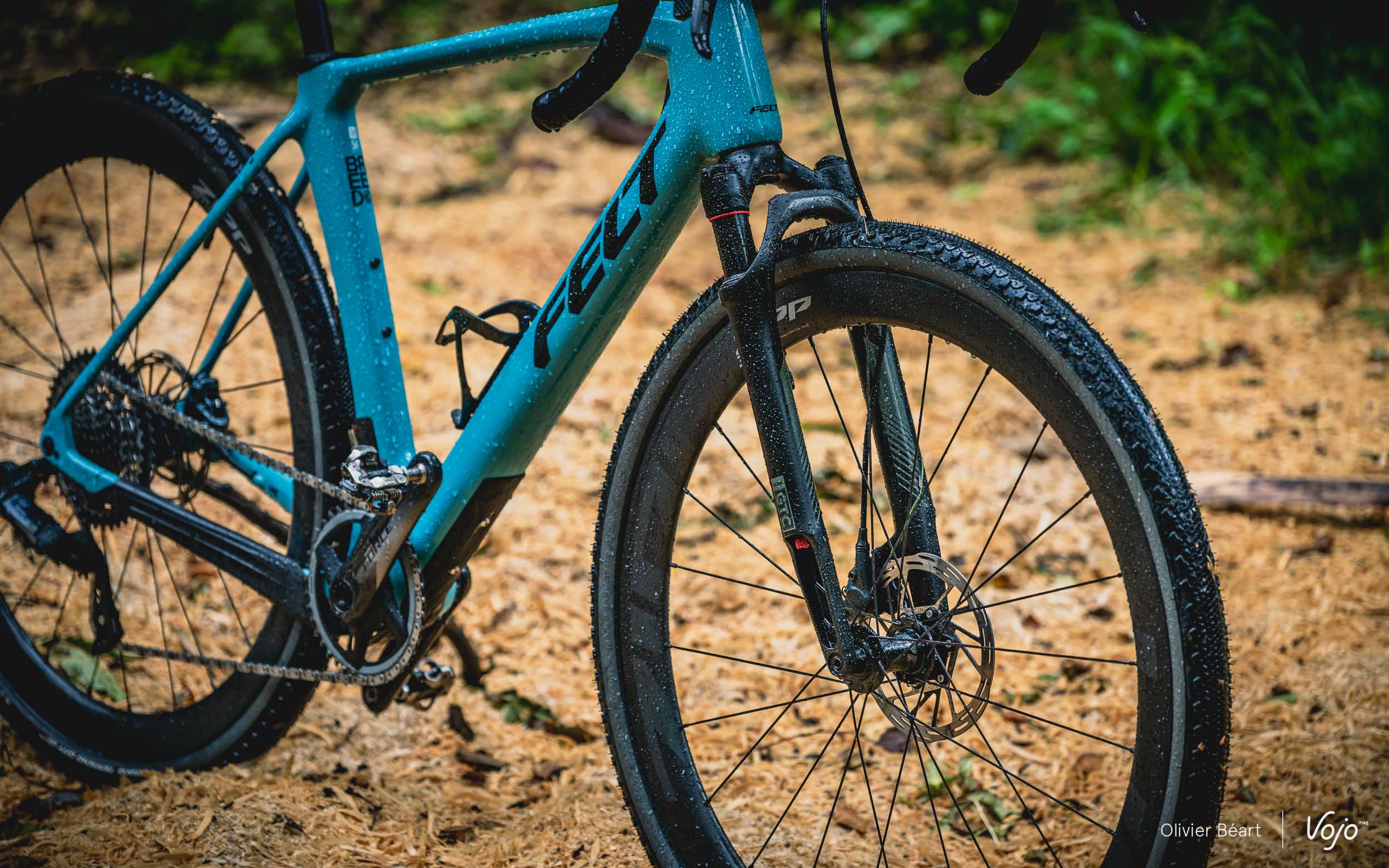
Verdict on the Trail: 40mm of Pure Bliss. KS has successfully diversified and entered the gravel market with mature products right from their first version. The suspended fork is indeed a product worth considering for certain gravel uses, especially on rough terrain, either for improved efficiency or comfort.
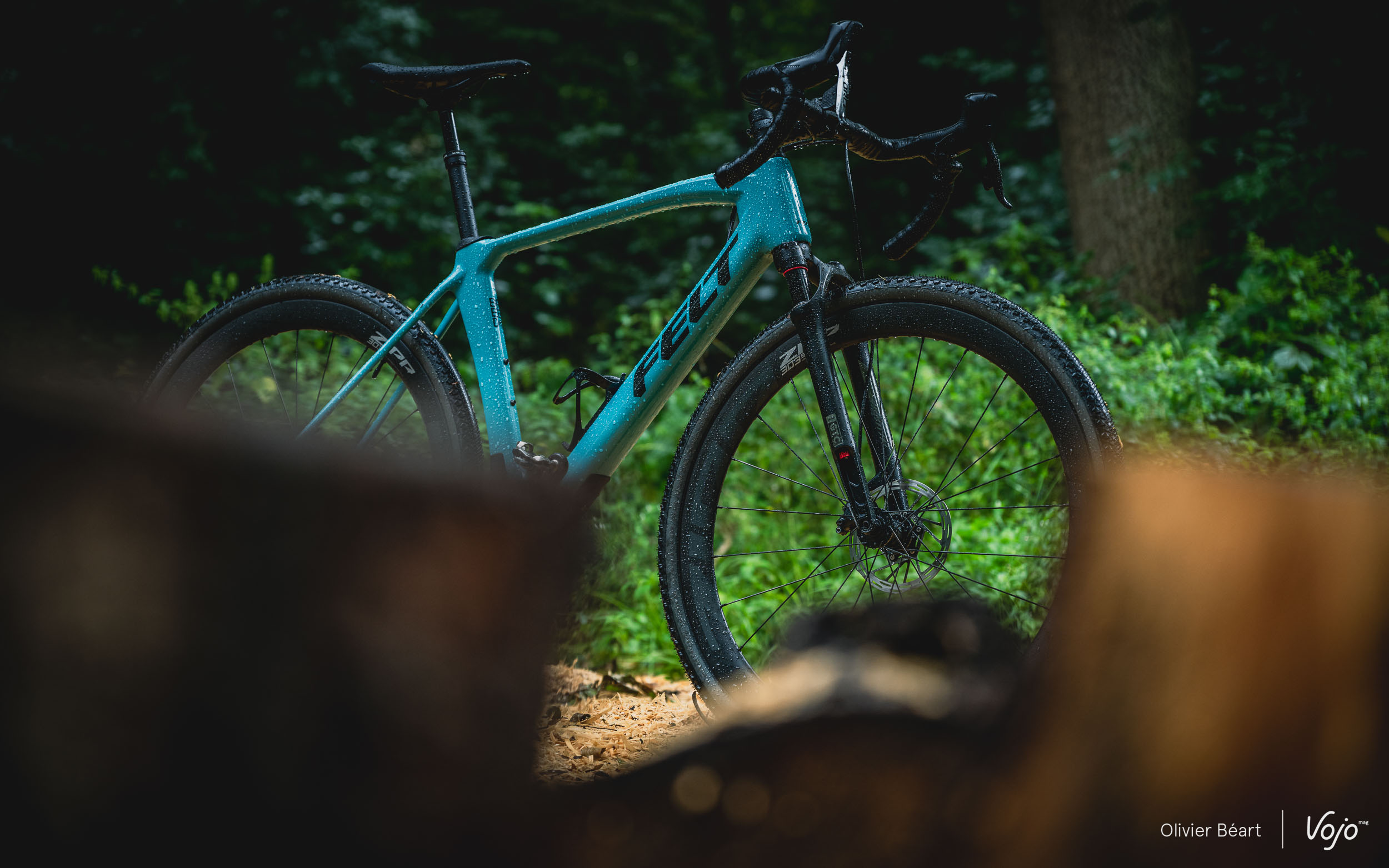
Words: Olivier Béart
Photos: Olivier Béart
KS product: GTC gravel fork
CLICK HERE TO CHECK THE FULL FEATURE ON VOJO MAGAZINE (IN FRENCH)